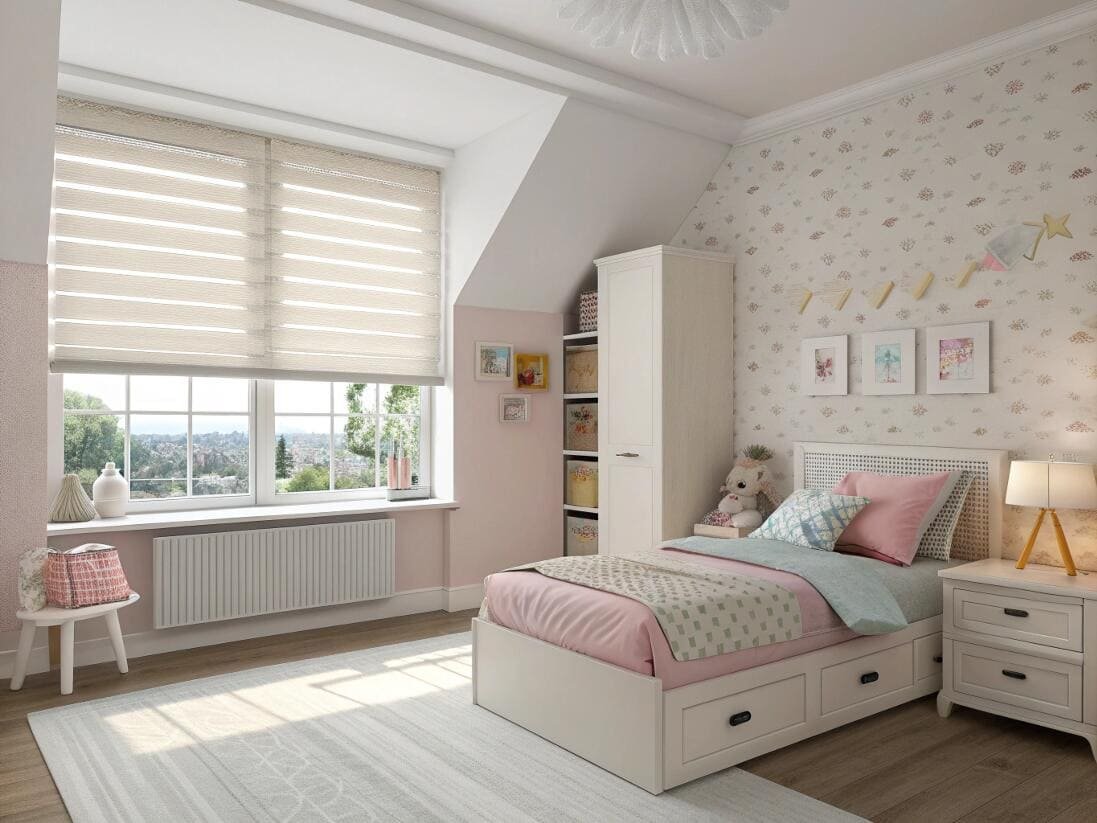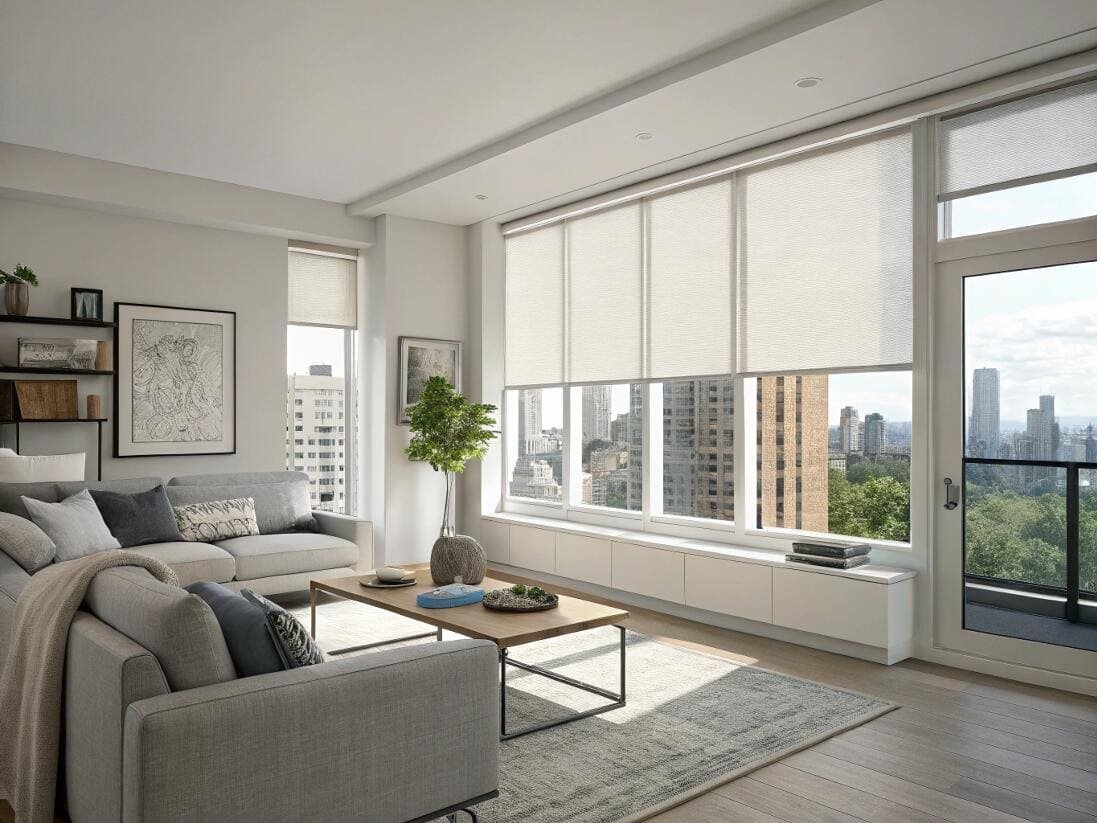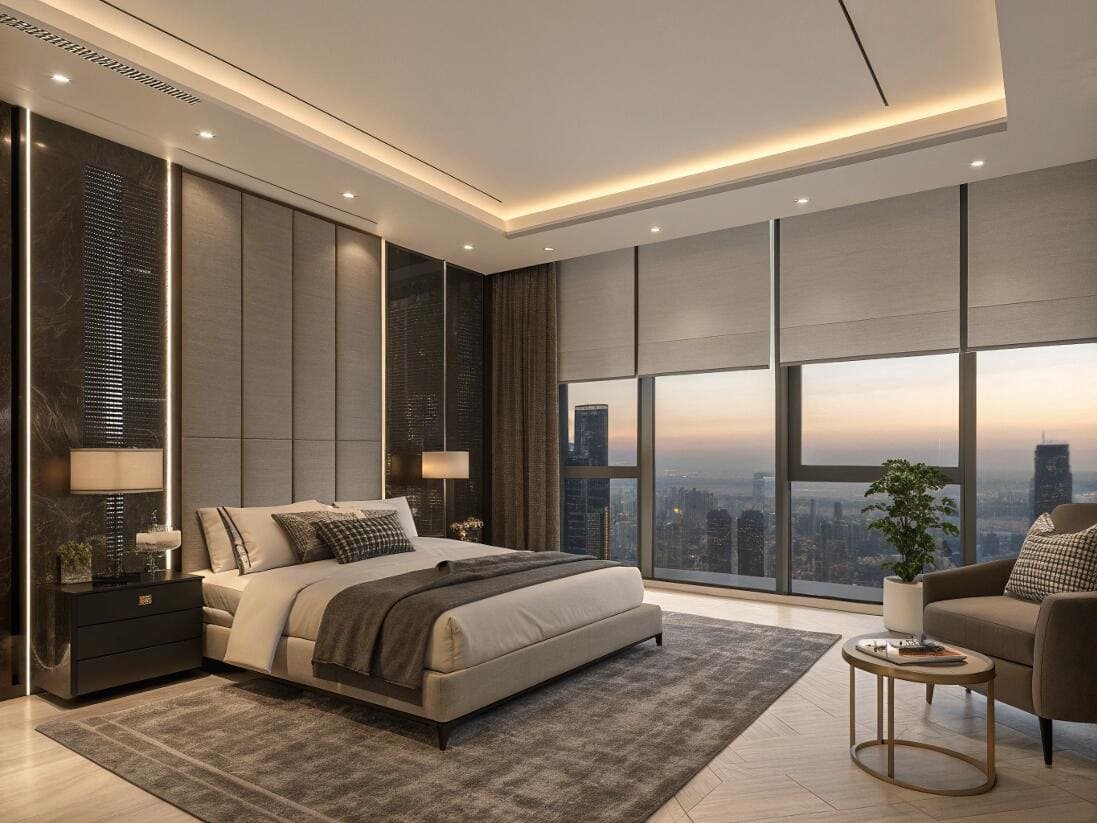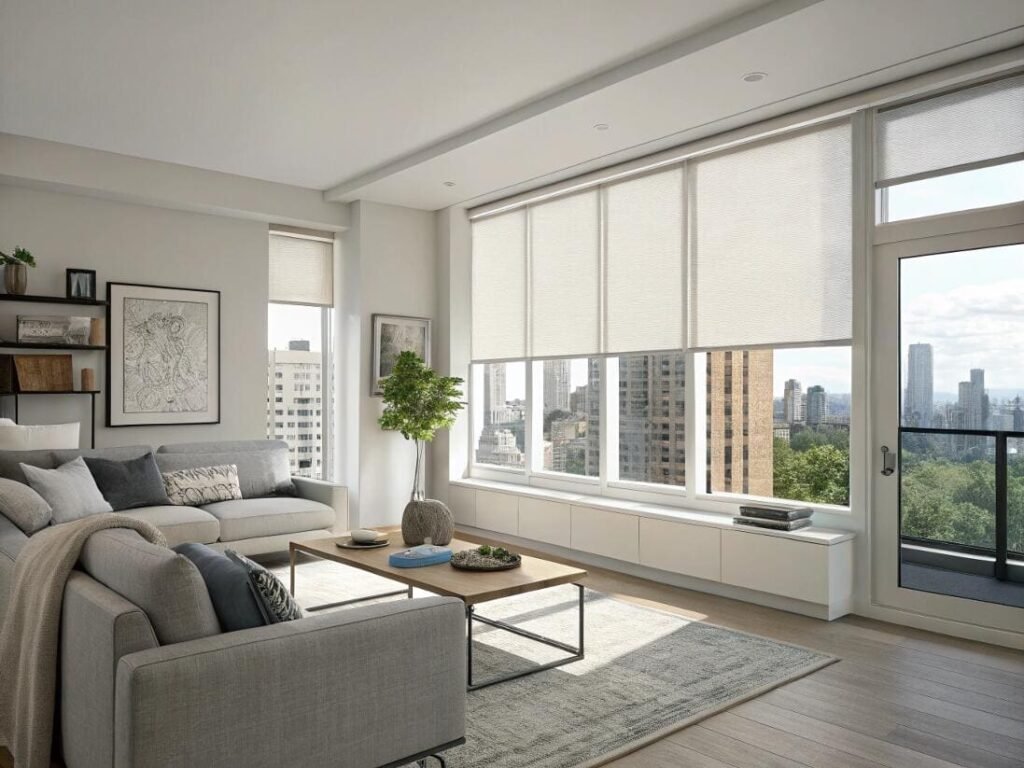New regulations mandate cordless blinds for safety. But many new systems are frustrating to use and break easily, creating massive headaches for your projects and clients.
Blinds are now cordless due to strict new safety regulations[^1] in the USA aimed at protecting children. While basic spring-loaded systems can be unreliable, advanced mechanisms are highly durable and provide a smooth, long-lasting user experience, making them a dependable choice for modern projects.

I've seen this shift firsthand with my B2B partners in the United States. The conversation around cordless blinds[^2] has completely changed. It's no longer about a premium safety option; it's about meeting a legal requirement. But this forced transition has exposed a huge quality gap in the market. Suddenly, my clients aren't just asking for cordless—they're asking for good cordless. They are tired of mechanisms that jam, sag, or require incredible force to operate. This has created a clear divide between basic, frustrating products and professionally engineered solutions that actually deliver on the promise of effortless control.
Are corded blinds now illegal to sell in the USA?
Specifying blinds for a US project feels confusing. You worry that using the wrong type could violate new safety laws and create liability issues for your firm.
Yes, the sale of most stock corded blinds is now effectively banned in the USA. A new safety standard requires all window coverings sold to be cordless or have inaccessible cords to prevent strangulation risks for young children, making cordless the mandatory choice for compliance.

This is the most important change our industry has seen in decades, and it's crucial for project buyers like Emma to understand. The rule, championed by the U.S. Consumer Product Safety Commission (CPSC) and the Window Covering Manufacturers Association (WCMA), is not a suggestion—it's a strict safety standard. Any stock blinds manufactured for sale in the US must now be cordless. This has completely reshaped the market. Traditional corded blinds are being rapidly discontinued by major manufacturers and retailers. For my distribution partners, this means that offering cordless isn't just a good idea; it's a matter of legal compliance[^3] and protecting their business. When you specify window treatments for a residential or commercial project, choosing a cordless solution is the only way to guarantee you meet the current safety regulations and avoid any potential liability down the road. It has moved from a feature to the fundamental baseline for all products.
Do cordless blinds last as long as traditional corded blinds?
You're investing in hundreds of blinds for a project. You worry the cordless mechanism is a complex weak point that will fail quickly, leading to costly callbacks.
A high-quality cordless blind, featuring a robust internal mechanism, can be just as durable, if not more so, than a corded one. However, cheaper spring-loaded models are prone to failure. The lifespan depends entirely on the quality of the engineering and internal components.

This is the number one concern I hear from contractors, and it's a valid one. Nobody wants to install a product that will cause problems a year later. The truth is, not all cordless mechanisms are created equal. The market has been flooded with basic, low-cost spring systems that just don't hold up over time. They lose tension, jam, and wear out, especially on larger or heavier blinds. This is where the market is now differentiating. Buyers are shifting their mindset from a simple purchase to an "investment-grade" solution. They understand that paying a little more upfront for a superior mechanism saves a fortune in replacement and maintenance costs[^4]. Our systems, for example, use precision-engineered components and pneumatic balancing to ensure consistent performance over thousands of cycles. We stand behind them with a multi-year warranty because we know they are built to last. When you choose a cordless blind, you have to look past the fabric and ask about what's inside.
| Mechanism Type | Typical Lifespan | User Experience | Best For |
|---|---|---|---|
| Basic Spring-Loaded | 1-3 Years | Can be jerky, difficult to lift | Small, lightweight blinds |
| Advanced Pneumatic | 5-10+ Years | Smooth, effortless, balanced | All sizes, investment properties |
| Motorized | 5-10+ Years | Automated, consistent | High-end projects, smart homes |
Why are some cordless blinds so hard to operate?
Your client just called to complain. The brand new cordless blinds are stuck, uneven, and nearly impossible to pull down smoothly, reflecting poorly on your work.
Cordless blinds are hard to pull down when they use a cheap or poorly calibrated spring mechanism. This causes uneven tension, internal friction, and a "sticky" feeling. Premium blinds use balanced systems that ensure a smooth, effortless glide every time, regardless of blind size.

This is the dark side of the mandatory cordless shift. Many manufacturers rushed to market with the simplest mechanism possible: a basic spring. The problem is that a simple spring doesn't account for the weight of the blind material, especially on wider windows. This leads to a host of frustrations. The blind might be hard to pull down because the spring is too tense. It might not stay where you put it, slowly creeping up. Worst of all, it can become uneven, with one side sagging lower than the other, because the tension is not distributed properly. I have even heard from professional installers who say they can never get them perfectly level. This is purely a mechanical engineering problem. A well-designed system, like our pneumatic-assisted models, uses a more sophisticated mechanism that perfectly balances the weight of the blind. This allows it to glide up and down with just a gentle touch and to stop precisely where you want it, every single time. The user experience is night and day.
So, should you choose cordless or corded blinds for your next project?
You need to make a final decision for your project specifications. Choosing corded blinds could lead to compliance issues and safety risks in the current market.
For any new project in the USA, cordless blinds are the superior and necessary choice. They are legally compliant with safety standards, offer a cleaner aesthetic, and eliminate all risks associated with cords. Cordless is the new professional standard.

The debate is effectively over. From a legal, safety, and aesthetic standpoint, cordless is the only logical path forward for any new project. The primary driver is the safety regulation, which you simply cannot ignore. Beyond that, cordless systems provide a cleaner, more modern look. There are no dangling cords to clutter the windowsill or get tangled, which is a major aesthetic upgrade[^5]. While some may worry about durability, as we've discussed, choosing a high-quality system negates that concern. The market has fully embraced this change. Even large retailers like Costco are phasing out corded options. For professional designers and contractors, specifying cordless blinds demonstrates a commitment to safety, modern design, and industry best practices. The real decision is no longer "cordless or corded," but "which cordless system will provide the best long-term performance and reliability for my client?" That is where quality and engineering truly matter.
Conclusion
The shift to cordless blinds is mandatory for safety. Choosing a high-quality, well-engineered system is the key to ensuring compliance, durability, and a positive user experience for any project.
---
[^1]: Stay updated on safety regulations to ensure compliance and protect your clients, especially regarding child safety.
[^2]: Explore the advantages of cordless blinds, including safety, aesthetics, and user experience, to make informed choices for your projects.
[^3]: Understand the importance of legal compliance in window treatments to avoid liability issues and ensure safety.
[^4]: Learn strategies to minimize replacement and maintenance costs for blinds, ensuring long-term savings for your projects.
[^5]: Discover how cordless blinds enhance the aesthetic appeal of spaces by eliminating clutter and providing a modern look.Partner with VelaBlinds for Your Next Project
Smart window treatments shouldn't be complicated. After working with 500+ distributors and contractors worldwide, I've streamlined the process to get you quality products, competitive pricing, and reliable support - every time.
Why project professionals choose VelaBlinds:
- ✅ Fast, Accurate Quotes - Detailed specs and pricing within 24 hours
- ✅ Transparent Pricing - No hidden fees, volume discounts clearly outlined
- ✅ Quality Assurance - Direct partnerships with certified OEM manufacturers
- ✅ Project Support - Dedicated account manager from quote to delivery
Start your next project:
📧 Quick Quote: Send your requirements to info@velablinds.com
📱 Direct Contact: WhatsApp +86 137 2012 8317
🌐 Browse Solutions: https://velablinds.com/
📁 Product Resources: Access spec sheets, catalogs & project files
Paul Chen, Founder
"I built VelaBlinds to solve the real challenges I faced as a project buyer - long lead times, unclear specs, and unreliable suppliers. Let's discuss how we can power your projects with smarter blinds."
Serving distributors and contractors across North America, Europe, and Australia since 2018.




